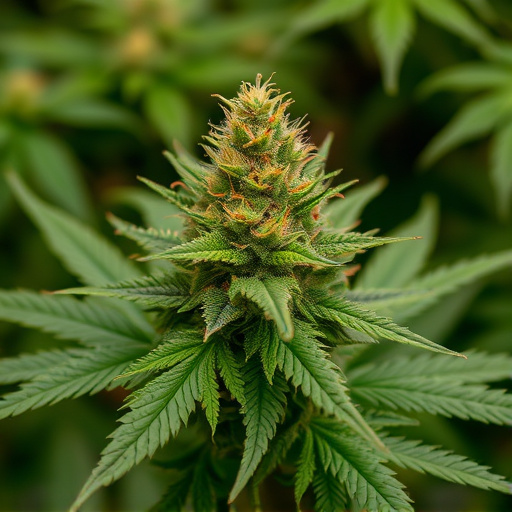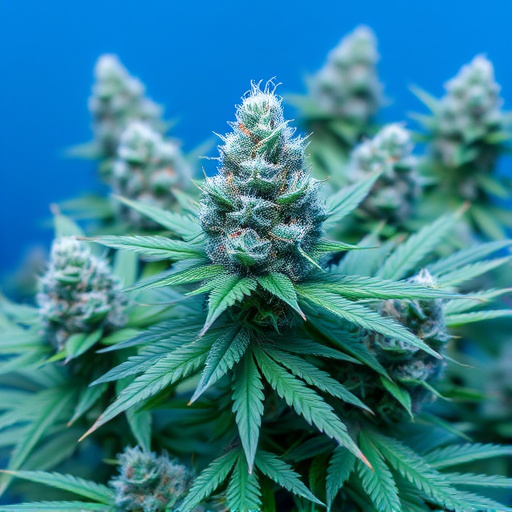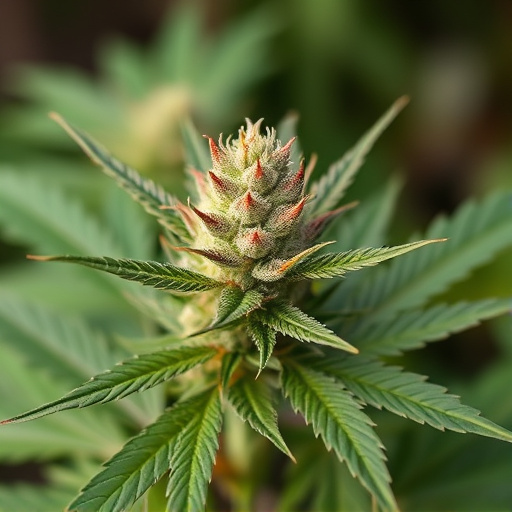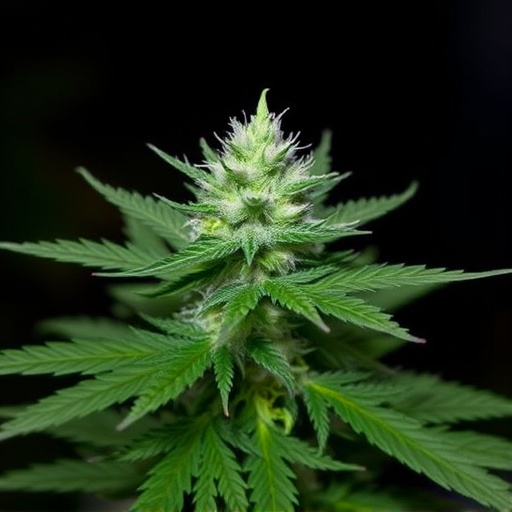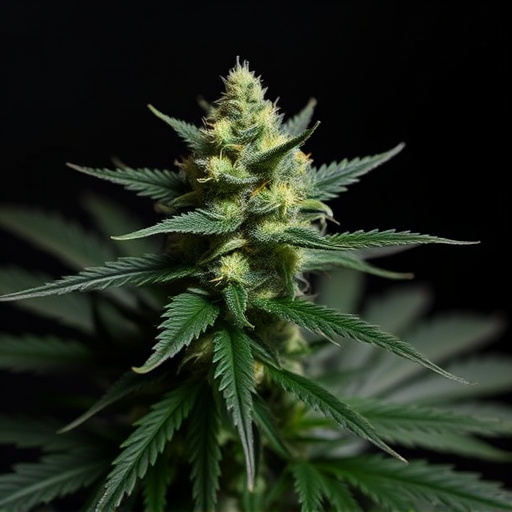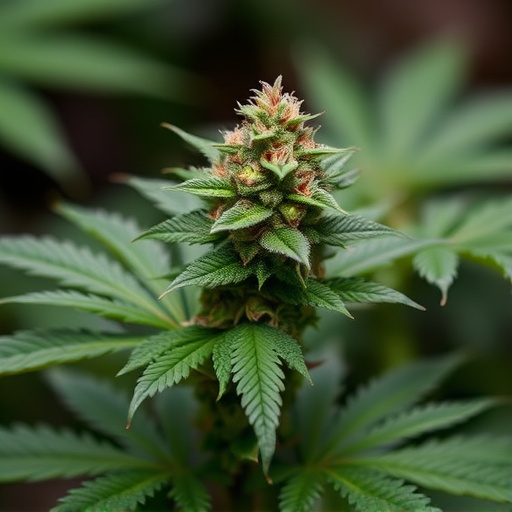Drug testing techniques have evolved to detect various substances, including cannabinoids like THC and CBD found in cannabis. Traditional urine tests are common, but blood, hair, rapid antigen, and oral fluid (saliva) tests offer more detailed information. Understanding these methods is crucial for individuals facing legal or employment issues related to cannabis use, especially for pain management. Best cannabis strains for pain often have high CBD content, providing relief without psychoactive effects. Balanced strains like Blue Dream or Aczend Dark Forest are popular choices for safe and effective pain treatment while minimizing the risk of positive drug test results.
“Unraveling the complexities of drug testing, especially regarding weed or cannabis, is crucial for those seeking natural pain management. This article guides you through the intricate process, offering insights into how cannabis compounds show up in tests and which strains are best suited for relief without raising false positives.
We’ll explore common testing methods, delve into the chemical profile of cannabis, and provide expert tips on selecting the ideal strains for effective pain management. By understanding these factors, you can make informed choices to navigate drug testing while harnessing cannabis’s therapeutic benefits.”
- Understanding Drug Testing: Methods and Common Substances Detected
- The Chemical Composition of Cannabis and Its Metabolites
- Choosing the Right Cannabis Strains for Pain Management While Avoiding Positive Test Results
Understanding Drug Testing: Methods and Common Substances Detected
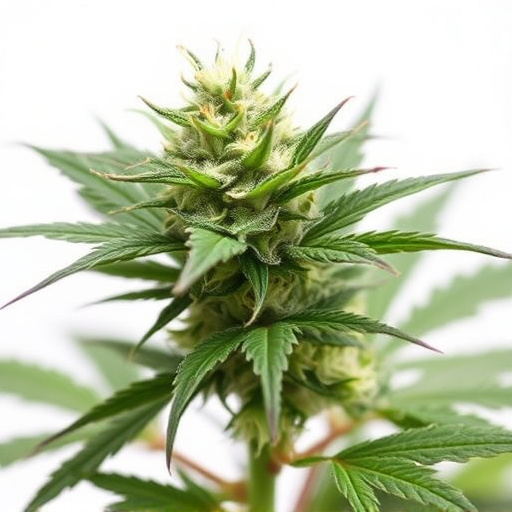
Drug testing has evolved significantly over the years, employing advanced methods to detect various substances in individuals’ systems. These tests are crucial in diverse settings, from employment screening to legal proceedings and athlete drug control. Common substances tested include alcohol, opiates, stimulants, and cannabinoids like THC (tetrahydrocannabinol) and CBD (cannabidiol). While THC is most famously associated with cannabis use, modern drug tests can detect a wide range of compounds, including those from specific best cannabis strains for pain, offering insights into an individual’s potential medication or recreational drug use.
Among the various detection methods, urine analysis remains one of the most common, while blood and hair testing provide more comprehensive and long-term assessments. With advancements in technology, rapid antigen tests and oral fluid (saliva) tests offer quicker alternatives, making drug screening more accessible and efficient. Understanding these methods and the substances they target is essential for both individuals navigating potential legal or employment consequences and medical professionals ensuring patient care and adherence to treatment plans, especially when considering alternative therapies involving cannabis derivatives.
The Chemical Composition of Cannabis and Its Metabolites
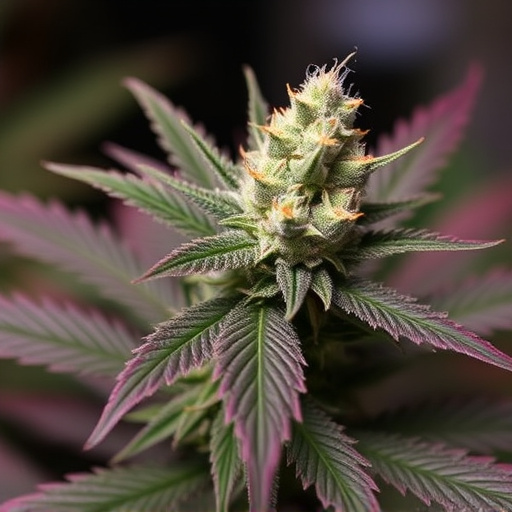
Cannabis, or Marijuana, is a complex plant with a unique chemical composition that has sparked both interest and controversy. Its primary active compounds are delta-9-tetrahydrocannabinol (THC) and cannabidiol (CBD), with THC being responsible for most of the plant’s psychoactive effects. When consumed, cannabis interacts with the endocannabinoid system in the human body, which plays a role in regulating various physiological processes, including pain perception. This interaction can lead to the relief often associated with using cannabis for medical purposes, especially when it comes to managing chronic pain.
Among the numerous compounds found in cannabis, THC and CBD are the most well-known, but there’s a vast array of other cannabinoids and terpenes that contribute to the plant’s diverse effects. For instance, some of the best cannabis strains for pain management often have higher CBD content, as CBD has been shown to offer anti-inflammatory properties without inducing psychoactive effects. These compounds can be challenging to detect in drug tests, especially when consumed in medical or recreational settings, highlighting the need for more sensitive and specific testing methods to accurately identify cannabis use.
Choosing the Right Cannabis Strains for Pain Management While Avoiding Positive Test Results
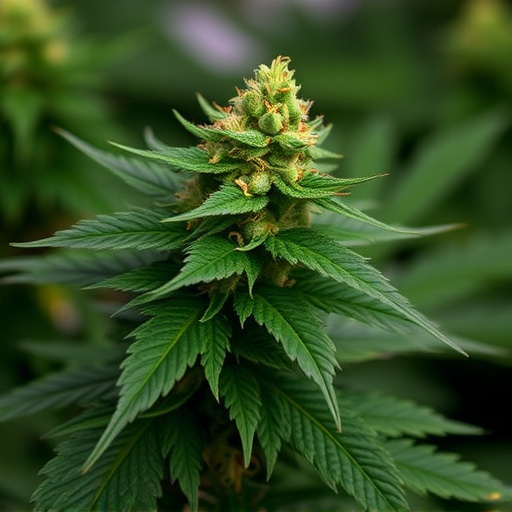
When it comes to managing pain with cannabis, choosing the right strain is paramount. Several factors influence the effectiveness of cannabis for pain relief, including THC and CBD content, as well as terpene profiles. For those concerned about positive drug test results, it’s crucial to select strains with lower THC levels, as this compound is more likely to show up on standard tests. Instead, focus on high-CBD varieties, which offer potential analgesic benefits without the risk of failing a drug screen.
The best cannabis strains for pain often balance both THC and CBD, creating a harmonious combination that can target different aspects of pain perception. Strains like Blue Dream, known for its relaxing effects and moderate THC levels, or Aczend Dark Forest, rich in CBD, are popular choices for pain management while minimizing the risk of testing positive. Exploring different strains and their unique characteristics is essential to finding the perfect fit for individual needs and ensuring a safe, effective treatment approach.
Weed can show up in drug tests due to its chemical components, particularly cannabinoids like THC and CBD, which have varying detection windows. To avoid positive test results while managing pain, individuals should consider the best cannabis strains for pain that offer low THC levels and high CBD content. By choosing these specific strains and adhering to testing guidelines, it’s possible to balance effective pain management with maintaining a negative drug test result.
